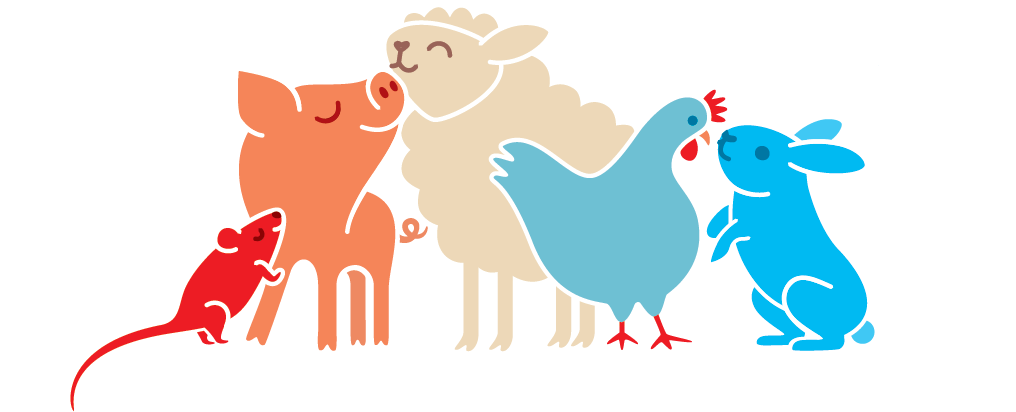There are many different approaches to rescuing animals of all species, as well as many variations of what “sanctuary” means in terms of philosophy, practices, and messaging.
Microsanctuary Resource Center begins from a foundation of ethical veganism and a core belief that liberating individuals from situations and systems of exploitation is one of the most important forms of activism that vegans can engage in.
The following are core principles of Microsanctuary Resource Center and should be considered basic, necessary criteria for identifying oneself as a microsanctuary:
- Ethical veganism: The founders and all key individuals of a microsanctuary should be ethical vegans who are committed to rejecting any form of non-human exploitation, and advocating that others do the same.
- No consumption of animal products, including from microsanctuary residents: Just as the humans involved with a microsanctuary must be vegan, there should also be no use of products from microsanctuary residents. This means not eating, giving away, or selling eggs, milk, wool, feathers, or other products: continuing to exploit a non-human is not “rescue,” and a space in which this happens is not “sanctuary.”
- Rejection of “humane” animal husbandry: Following from a foundation of ethical veganism and a rejection of all exploitation, a microsanctuary should never promote or condone consumption of so-called “humane” animal products, nor pretend that backyard farming is a better alternative than “factory” farming. (Click here for more on the Humane Myth.)
- Absolutely no breeding of residents, and taking of proper precautions to avoid breeding (including spay and neuter when appropriate): There are already far too many domesticated animals in desperate need of rescue from dire situations, in addition to the many biological problems that most domesticated animals cannot escape (e.g., unnatural egg-laying rates for hens). A microsanctuary, founded on ethical veganism, should be committed to not breeding new domesticated animals. When appropriate and safe, precautions such as spay/neuter, hormonal implants for hens, etc. should be utilized.
- Priority is given to the safety and physical and emotional well-being of residents: It is essential that all microsanctuary residents be kept safe and receive proper medical care, including preventative care and proper nutrition. Part of insuring emotional well-being also means making sure that your microsanctuary has the proper number of residents for the available space. A hoarding situation is never good for the animals, and it is not a microsanctuary. For any sanctuaries with horses, this includes a strict policy against riding.
- All human and non-human interactions are respectful: No sanctuary (and microsanctuary) should operate like a petting zoo. A resident should never be presented as an object for human touching, and any resident who is shy or does not want to be touched/held/hugged/etc. should be treated appropriately.
- Animals will not be purchased from for-profit sources, and steps will be taken not to enable farmers to continue exploiting animals: While buying animals can be said to help the animal in question, paying farmers for animals supports exploitation of future generations and does not directly contribute to ending animal agriculture. The goal of rescue and of sanctuaries should be to end the harmful system of animal agriculture, as well as to help individual animals in need. Our goal should be to put ourselves out of business…when there are no more farmed animals who need to be rescued from exploitation.
- Microsanctuaries will strive to be spaces of collective liberation, where beings of all species (including humans) can be safe from violence, oppression, and exploitation: We support humans from all communities to become participants of this movement for non-humans and encourage microsanctuary caretakers to also learn about and actively support human social justice movements.
